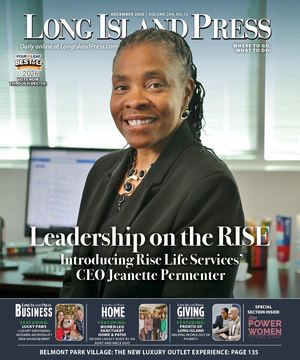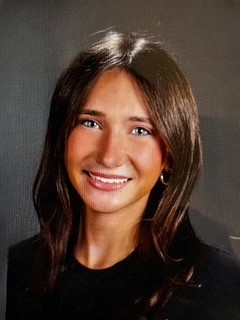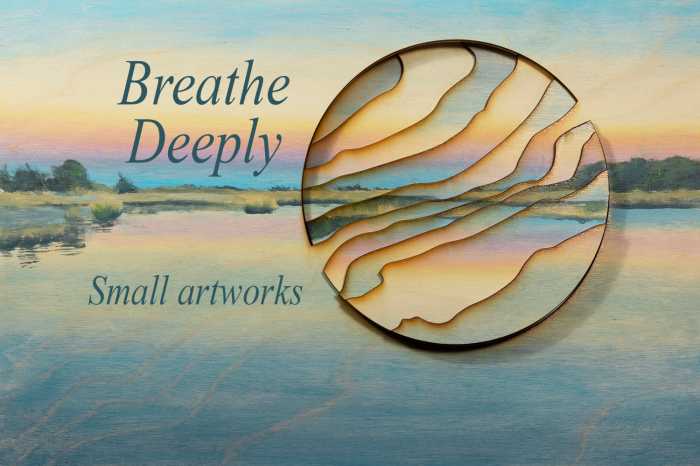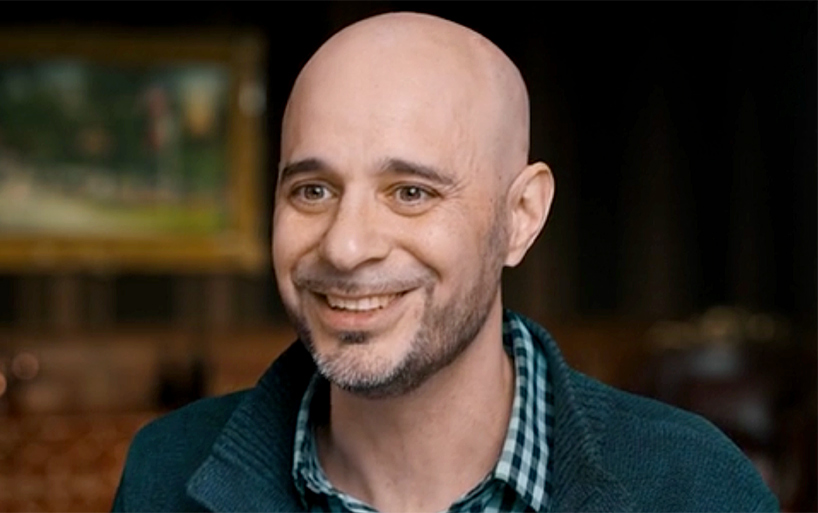Award-winning portrait artist and educator Steve Forster is bringing decades of experience to the page with his new book, “Painting Luminous Portraits for Artists”, publishing Aug. 26. The Glen Cove-based painter and co-director of the Long Island Academy of Fine Art says the 176-page volume is designed for artists of all levels who want to master the interplay of form, light and flesh tones in realistic portraiture.
“It’s a portrait painting book that kind of covers the structural and construction parts of drawing out the head,” Forster said. “It gives an overview of how to draw out the head and the unique problems of constructing a head just as a drawing.”
Rockport Publishers, an imprint of the Quarto Publishing Group, publishes the book. It offers 10 chapters of detailed instruction, from basic anatomy to advanced color mixing, with skill-building exercises and QR codes linking to instructional videos.
Forster divides the learning process into stages, beginning with careful underdrawing before moving to a painting stage using a French technique called en bois, which allows for a thin, watercolor-like application of paint over the initial drawing.
“You’re able to establish a painting on a successful drawing and slowly build it up without really losing the drawing,” Forster explained. “Often it’s difficult to draw, paint, mix the colors and all the other things at once. We’re kind of separating our problems by starting with drawing and then being able to successfully transition into painting.”
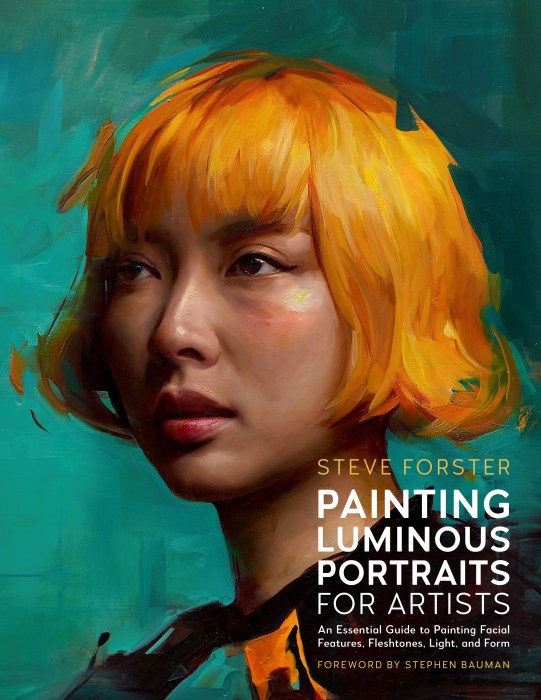
Beyond foundational drawing and painting techniques, the book devotes significant space to one of Forster’s specialties: flesh tone mixing. He introduces what he calls the “flesh color matrix,” a system he developed to help artists capture the subtleties of any skin tone under varied lighting conditions.
“There are a lot of color theory books, but not always a system that allows you to have a comprehensive approach on how to mix just about anybody’s flesh tone,” he said. “It’s not just color recipes — it’s a way to systematize how you mix flesh tones.”
The book’s emphasis on structure, technique and problem-solving reflects Forster’s artistic journey. He earned an MFA in painting from the New York Academy of Art and studied at the Florence Academy of Art in Italy, where he met his wife, Rebecca. The couple took over the Long Island Academy of Fine Art in Glen Cove in 2012 and have been running it since.
The academy, located on Glen Street in the city’s downtown area, offers training in drawing, painting, and sculpture. Forster said the school has carved out a niche that combines the rigor of classical techniques with contemporary sensibilities.
“We kind of specialize in a mixture between classical techniques and a more modern application,” he said. “Everybody wants a lot out of their painting. They want it to show skill, but they also want it to have a more expressive tone. They don’t want that drier way of just completing a classical painting — they want a blend of modern sensibility with skill.”
Forster’s paintings are regularly shown in solo and group exhibitions nationwide. He currently has work on view at the New Salem Museum of Art in Massachusetts as part of an international painting competition. He also collaborates with fellow artist Steven Bauman on landscapes of New York City and Long Island, which are exhibited at Grenning Gallery in Sag Harbor.
“Right now, I’ve got a piece at the New Salem Museum,” Forster said. “At Grenning, me and a friend of mine make collaborative paintings of New York City and Long Island landscapes.”
“Painting Luminous Portraits for Artists” is Forster’s second book project. He previously contributed a major section to “Beginner’s Guide to Portraiture.” With his latest work, he said he wanted to address common challenges that artists face when tackling portraits, particularly those tied to rendering flesh realistically.
“A lot of people struggle with mixing flesh tone and it’s probably one of the deep fascinations of portrait painting,” he said. “Aside from the psychology of painting a human being, just the difficulty of mixing flesh tones in context is something that keeps painters coming back.”
The book is organized to appeal to both novices and seasoned artists. Early chapters focus on proportion, measurement systems, gridding and anatomy. Later sections explore color palette structures, shape and lighting approaches and creative strategies for portraits. Forster also includes guidance on integrating digital painting techniques into traditional workflows — a reflection of his hybrid approach to art-making.
“I blend digital painting and a love of traditional media to create unique contemporary portrait stories,” Forster said. “Digital tools can support and enhance traditional techniques when you know how to use them together.”

Forster’s teaching style — in both his book and classroom — emphasizes breaking down complex artistic problems into manageable steps. This, he said, helps students avoid the frustration that comes from trying to master multiple challenges at once.
“When you separate the steps, you give yourself a chance to succeed,” he said. “You can focus on one skill at a time and by the time you bring it all together, you’ve built a solid foundation.”
While “Painting Luminous Portraits for Artists” is grounded in technical instruction, Forster also sees it as a celebration of the human face — and the many stories it can tell through light, form and color.
“There’s just so much interest in observing humanity,” he said. “Every portrait is a chance to explore not just the surface, but the personality and presence of a person.”
Book Details
“Painting Luminous Portraits for Artists“
By Steve Forster
Rockport Publishers | Aug. 26, 2025 | $26.99 USD | 176 pages | Paperback
ISBN: 9780760395622
